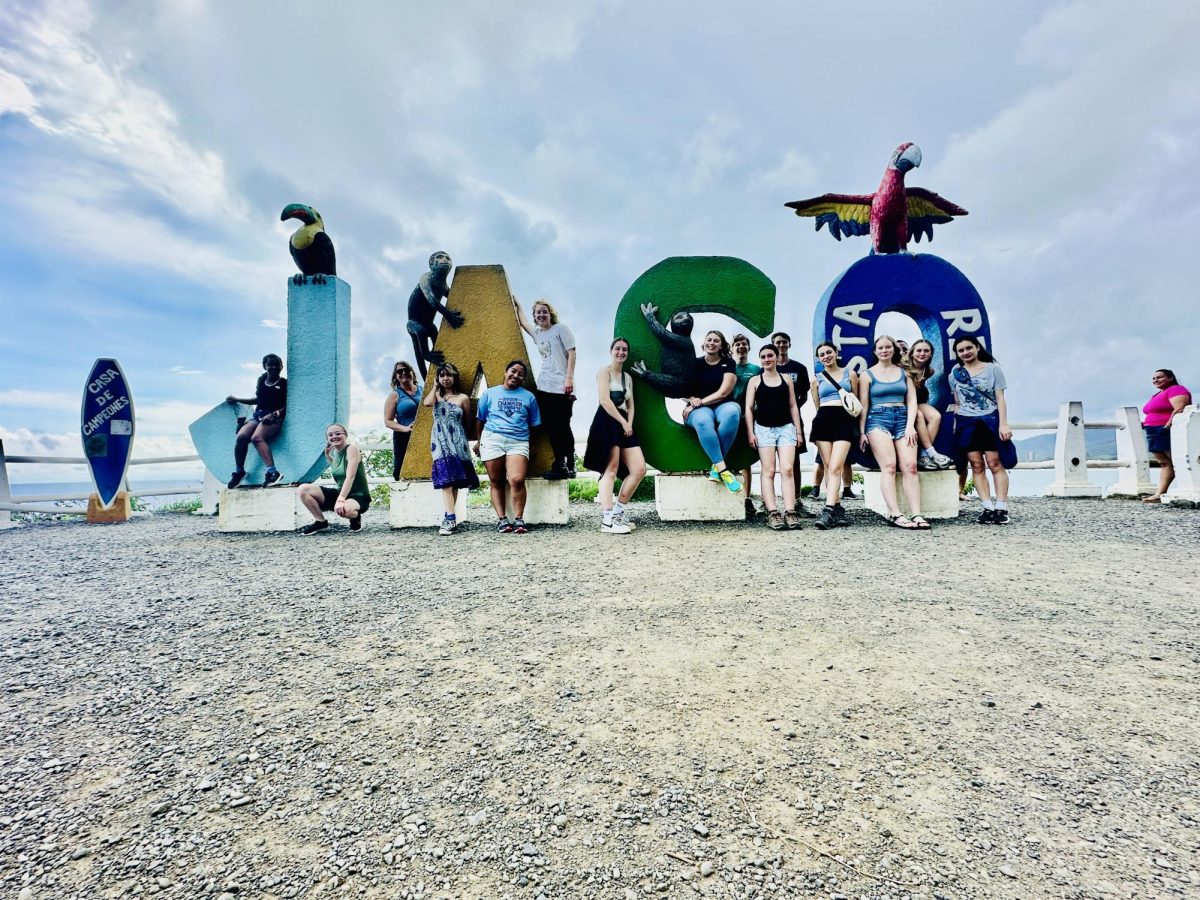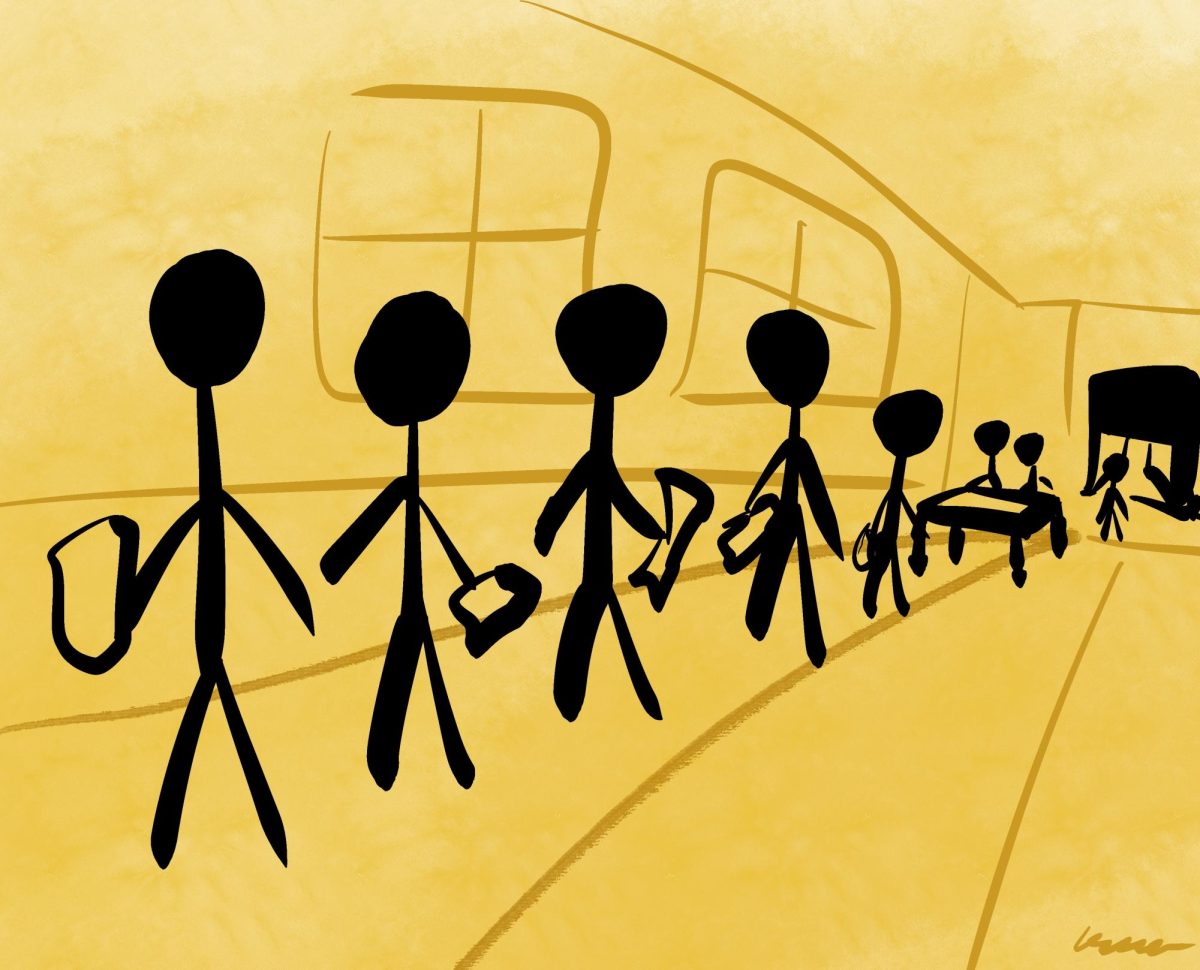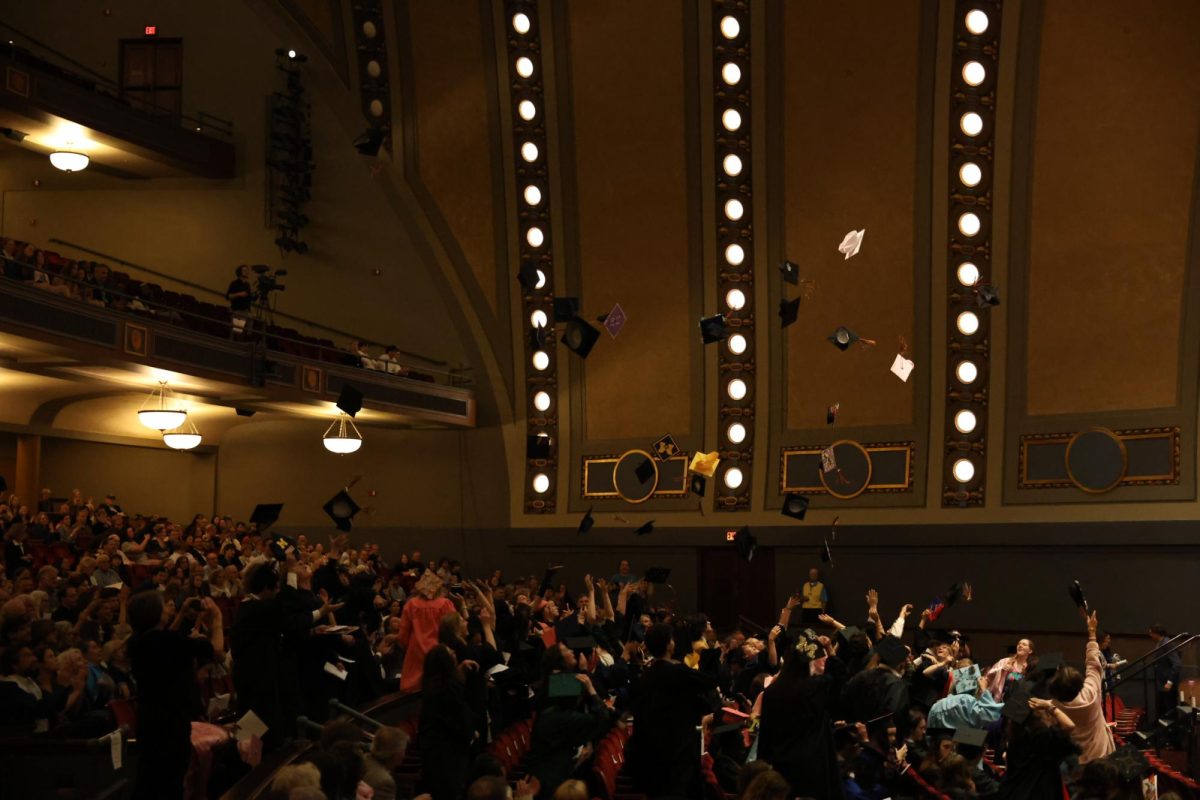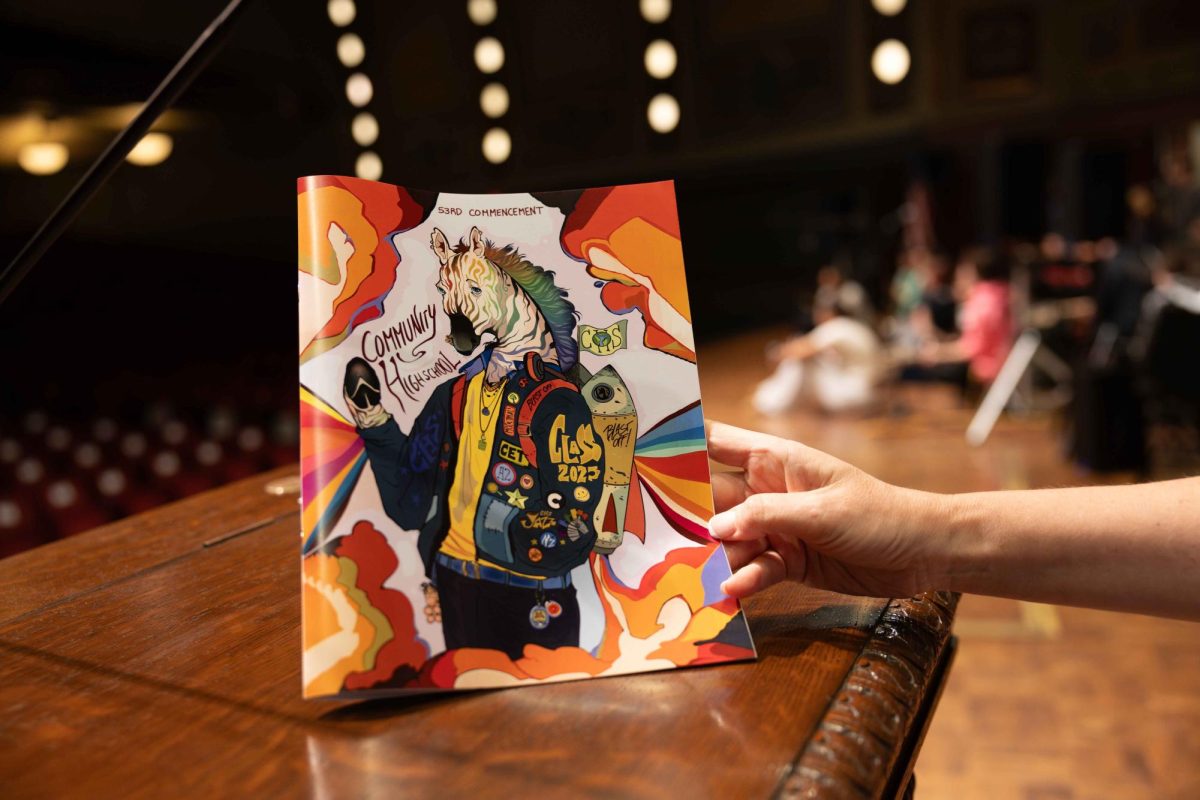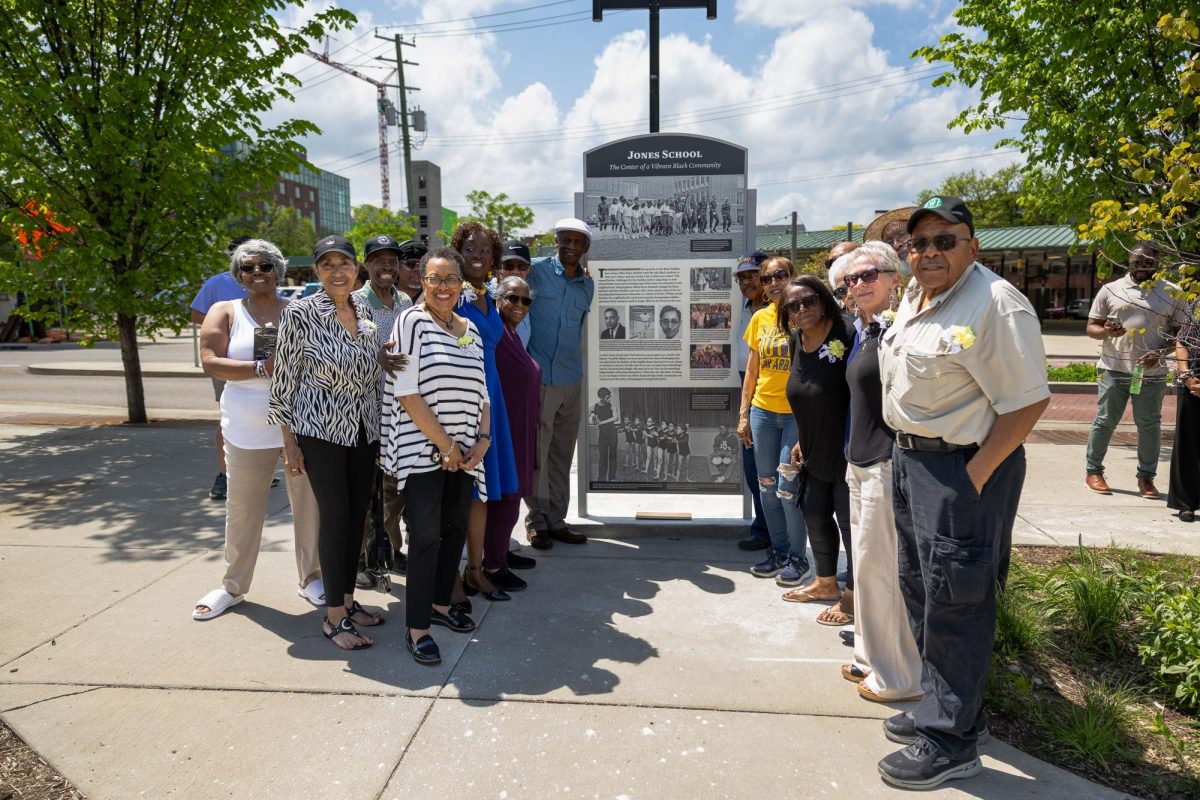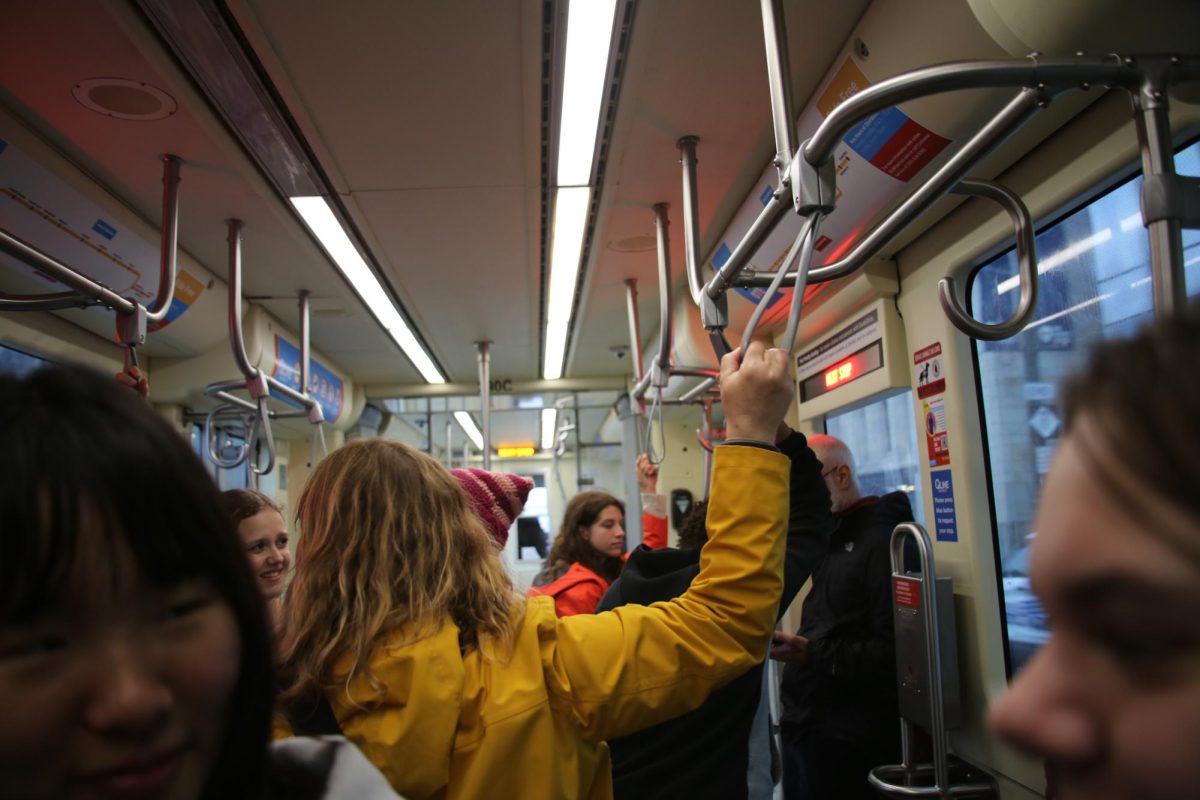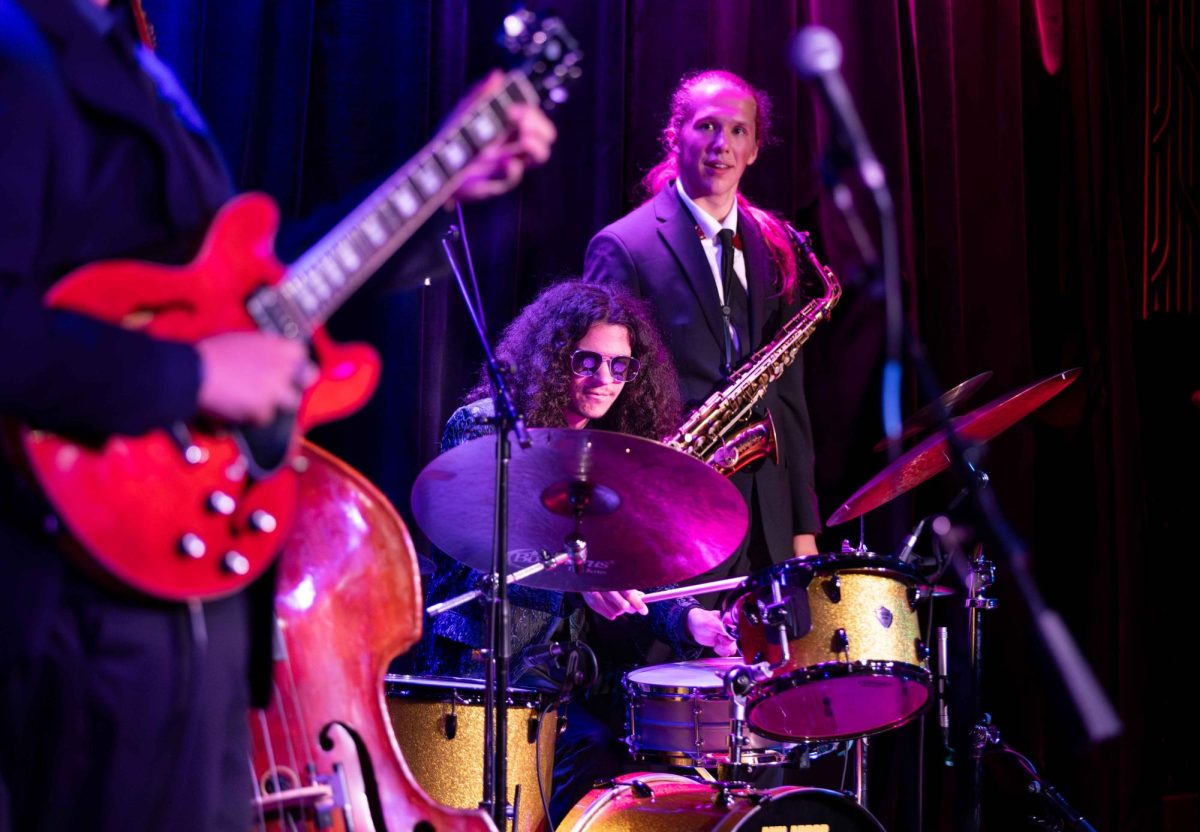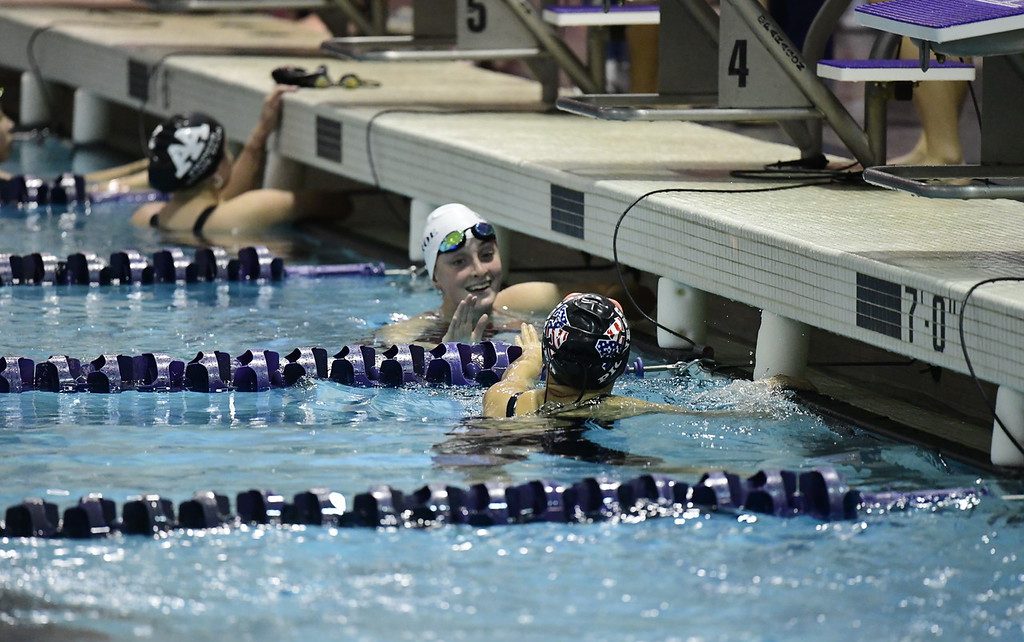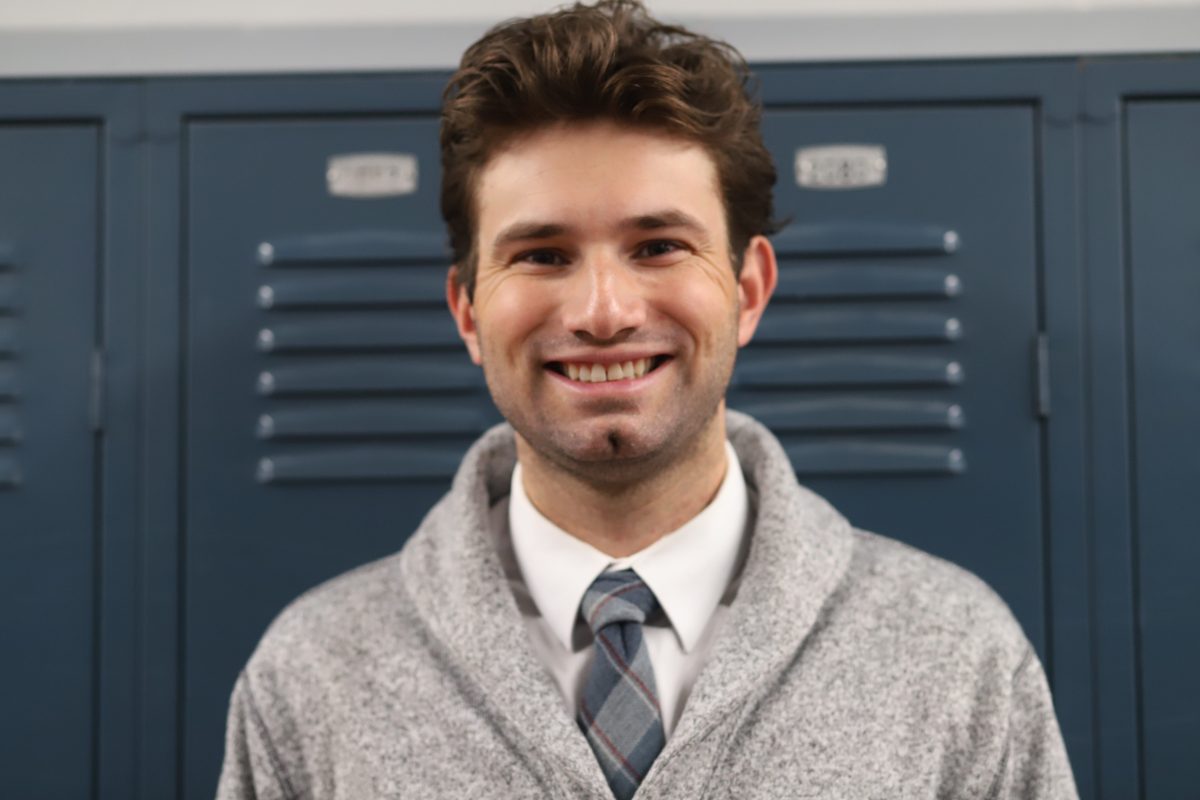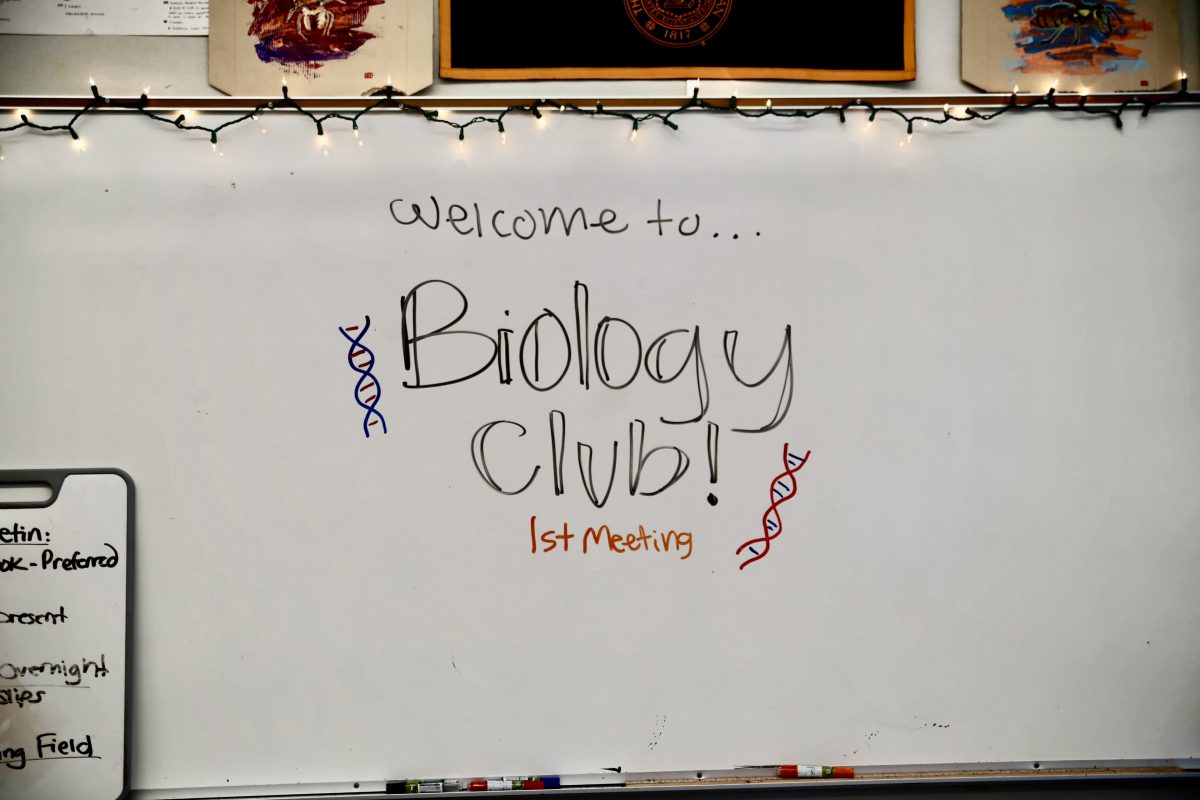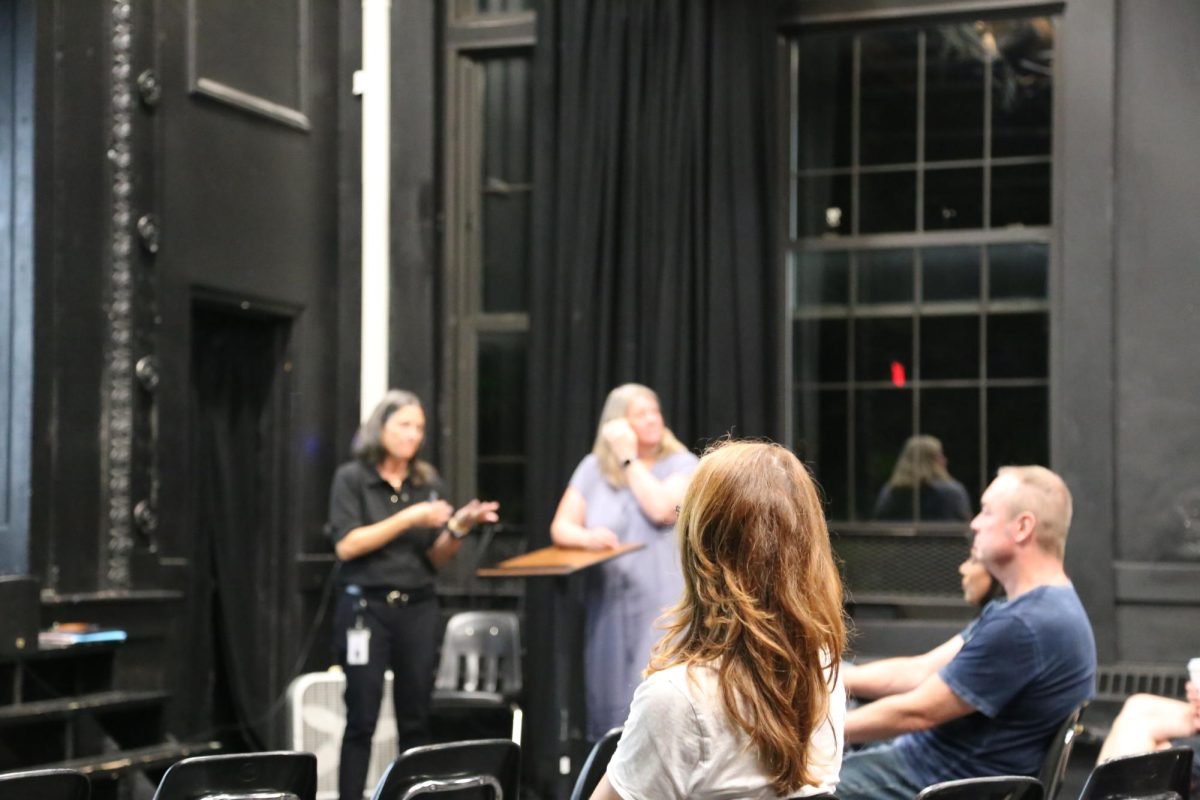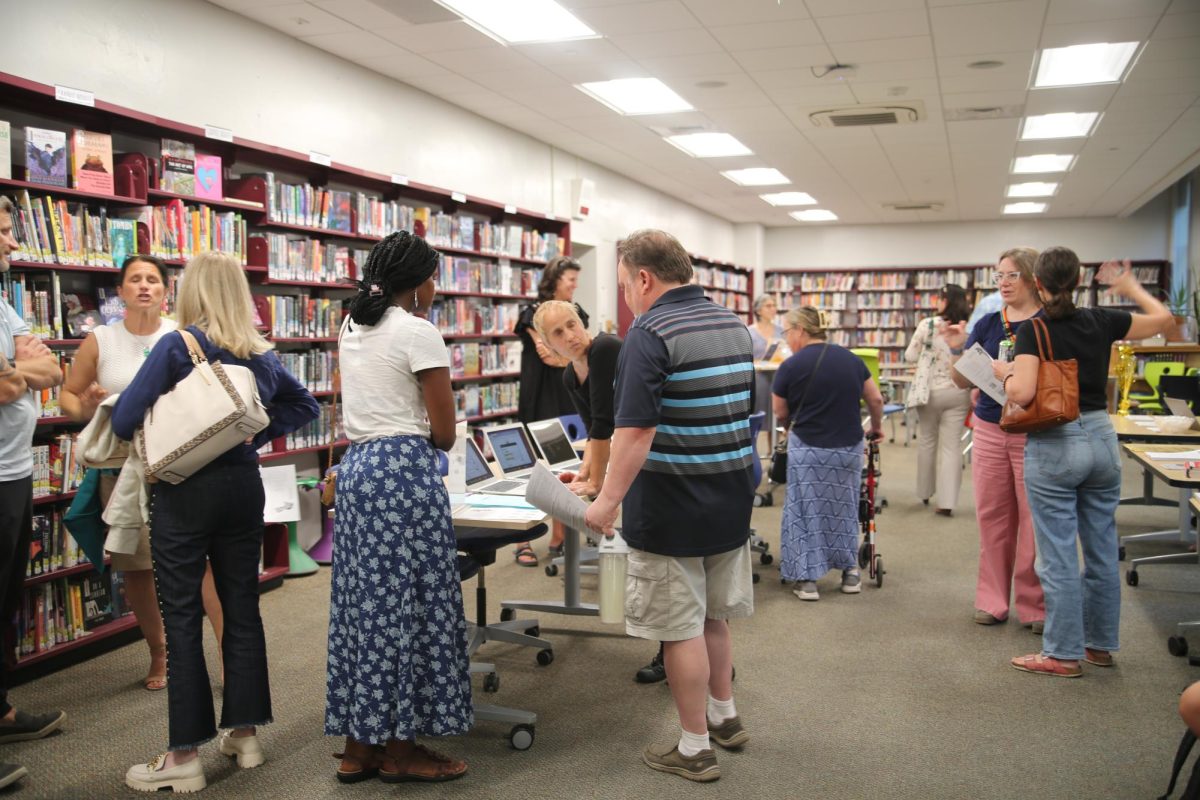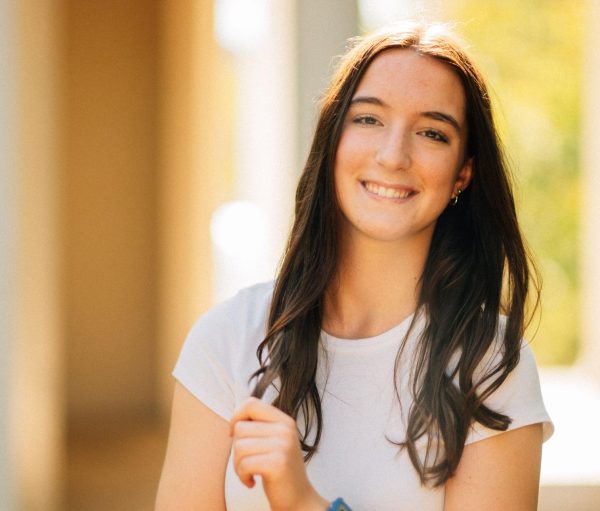When the students on CHS’s trip to Costa Rica touched down in Managua, Nicaragua — a country not on their itinerary — they knew their trip would be eventful.
On June 17, three days after the 2023-24 school year came to a close, 14 students boarded a plane to Newark, New Jersey with CHS Spanish teacher Laurel Landrum and Tappan Middle School Spanish teacher Jen Shaw leading the way. Roughly 30 hours later, they landed in San Carlos, Costa Rica.
Landrum had been wanting to go on a trip with students for a while. After she had broached the idea with her classes last year, everyone decided that Ecuador would be the destination. However, after political unrest, the country was determined to be too dangerous for a group of high schoolers and the location was changed to Costa Rica.
As students arrived one by one to the departures area of the Detroit Airport, they were buzzing with excitement. Having taken their last final of the school year two days prior, a summer vacation sounded incredible. After a brief stop in Newark, New Jersey, the anticipation continued to build as students boarded the plane to San Jose, Costa Rica. Roughly eight hours later, they deplaned in Managua, Nicaragua. On the way to San Jose, the pilots were informed that the weather conditions were not fit for them to land. Knowing they would be traveling during Costa Rica’s infamous wet season, Landrum worried this might happen.
“June in Costa Rica is rainy season, and it’s pretty hot,” Landrum said. “I thought we were going to get a lot of punishing rain. There were storms over San Jose, and we couldn’t land so we circled for a really long time, and we were at the point where we were gonna run out of gas.”
After many updates, the pilots came on the PA to announce that the flight would be forced to land in Nicaragua. The airline booked hotels for all the travelers and the students were able to get some rest after a day that seemed to never end.
After a night in Nicaragua, the students returned to the airport, bought all the Nicaraguan swag one could ever need and boarded the earliest plane to Costa Rica. After landing, they met up with their tour guide, Eddie , and finally their Costa Rican adventure had begun. To catch up to the itinerary the group drove five hours from the airport to Puerto Viejo. CHS student Maggie Williams enjoyed the long bus ride, using it to brush up on her Spanish knowledge.
“I always tried to speak Spanish because I wanted to get better and I think that was really cool,” Williams said. “I also talked to the tour guide, Eddie, and to Laurel in Spanish as often as I could.”
Puerto Viejo is an idyllic region of the country is known for its cloud forests and is home to the Maleku Tribe, one of the five main indigenous groups in Costa Rica. The tribe treated the students to a traditional meal, a walk through their medicinal forest and a fire dance historically performed at celebrations. The students also spent a day at a local low-income preschool in the area, playing soccer, blowing bubbles and donating sweets and school supplies.
Next, the students traveled to San Carlos wherewater features were the big attraction. First, the group visited La Fortuna Waterfall, where they swam in natural pools and climbed through cascades as the 246 foot waterfall towered overhead. For Landrum, the experience was breathtaking.
“It’s a really beautiful waterfall,” Landrum said. “You go there and you feel like it’s a tropical paradise. It’s this super tall waterfall falling through tropical plants, and you swim in the pools underneath. It’s so gorgeous.”
After La Fortuna, the group dried off and made their own chocolate at Jauri Tropical farm. The students observed and helped with every part of the process, from harvesting the raw beans off the tree to roasting and filtering the cacao before adding different ingredients to get the best tasting product possible.
The last stop in San Carlos was Baldi, a waterpark fueled by the hot springs of the Arenal Volcano. This stop on the trip proved to be very popular with the group, as students met and talked with high schoolers from Ohio and California. With waterslides that claimed to reach up to 28 mph, the waterpark was the perfect stop for the trip’s thrillseekers.
In Monteverde, a canopy tour awaited the CHS students. Students ziplined high above the forest floor. Treated to breathtaking views from a series of platforms and suspension bridges, the vantage point provided a unique perspective on the lush, vibrant ecosystem below. Students experienced the beauty of Monteverde as they took in the sights from the sky. Students were able to swung above the clouds and being cold in summer.
The following day, students headed to the Carara Biological Reserve, where the dry tropical forest seamlessly blends with the lush northern landscape. Established in 1978, this reserve is renowned for its exceptional birdwatching opportunities with colorful toucans and Scarlet macaws After soaking in the reserve’s natural beauty, students arrived on the Pacific Coast, spending the afternoon engaging with the local culture and relaxing amidst stunning beach views.
After a bus ride, students headed to Antonio National Park. Accompanied by a guide, they hiked along scenic trails that led to pristine beaches and encountered diverse wildlife, including playful white-faced Capuchin monkeys. The beaches were full of wildlife and beaches. Students stayed in a hotel on the beach and visited the local business near by.
Students traveled to Sarchí after Antonio National Park, known for its vibrant arts and crafts. Students participated in a workshop where they learned about traditional ox-cart making and painted their souvenirs.
At last, students concluded their trip in San José, enjoying a farewell dinner featuring a Costa Rican folklore show, complete with traditional music, dance and stories that celebrate the local culture of the Tico people.
Reflecting on the trip, not everything went as planned, but students had an immersive experience in a foreign country and strengthened their friendships through the uncertainties.
“I think they all bonded a lot.” Landrum said. “I think there was bonding through a shared disaster for parts of it.”
Despite unexpected setbacks during the trip, those unique experiences could potentially prepare students for the future in the constantly changing world today.
“If you’ve experienced that kind of discomfort before, I think it makes it easier to work through that later on,” Landrum said. “Learning how to work through those feelings of discomfort, knowing you’re an outsider, and acclimate in those situations will carry through to multiple different scenarios in the future.”



